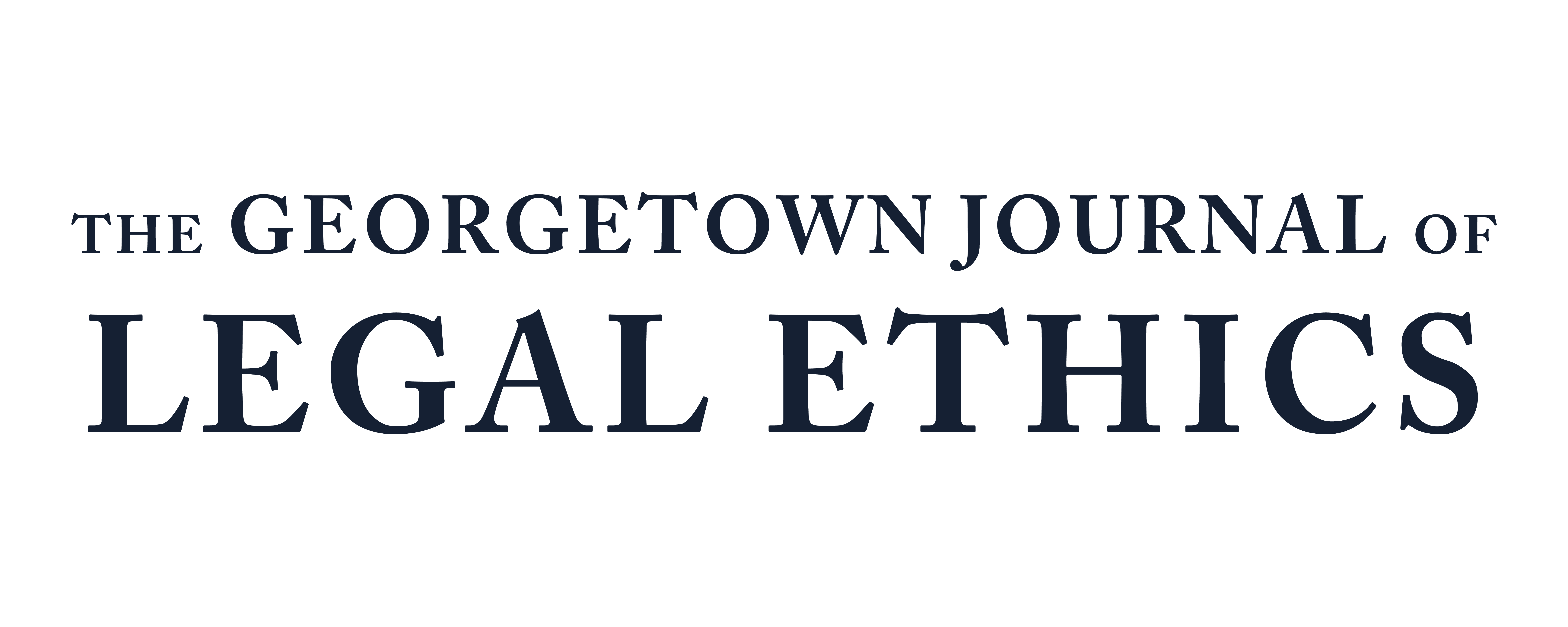Our Collective Misunderstanding: The True Purpose of the Supreme Court
They had a laudable goal: a nation designed so strategically that too much centralized power could never come to be. On parchment paper, the federal structure the Framers proceeded to build seemed like the perfect mechanism for achieving that objective. Even so, the system itself relied upon concepts that exist fundamentally in conflict.
The Framers chose the checks and balances system as the primary means of preventing the actualization of centralized power. The idealistic federal structure ultimately created was comprised of three branches—legislative, executive, and judicial. Each branch was given a checking capability over the other two branches, principally to ensure that none of the three garnered too much strength and to guarantee that each maintained enough authority to operate effectively. A brief United States history lesson reminds us of the overarching features within the system: the legislative and executive branches would be sustained through the democratic political process, while the judiciary would be constructed by the other branches in an effort to remain insulated from political influence. This focus for the judiciary has become known as judicial independence. It flows rather naturally, though, to notice that no one branch can ever actually stand apart from the others in such a system. Specifically, the Supreme Court cannot possibly be independent if its composition—its very existence—is determined by the appointment and approval of two political branches. This Note argues that, although the Court is not formed through the democratic process, the political aspects that have manifested within the institution were inevitable—and perhaps, when viewed in light of the true purpose of the Court, this is not as inherently problematic as we may think.
While many remain committed to finding a way to save the Court’s independence from politics, this Note argues that we must acknowledge that the structure of government that the Framers created made judicial independence an unattainable aspiration, and thus the commitment to salvaging it is irrational. With this reality confronted, this Note questions if we have incorrectly understood the reason for the institution all along. The real purpose of the Supreme Court is not judicial independence, but instead a body dedicated to a much grander end: safeguarding the Constitution. From this perspective, that end can be achieved even when the means of judicial independence proves unfeasible.
Part I of this Note provides an overview of the American three-branch government structure and the system of checks and balances, with specific focus on the goals that our founders had for the judicial branch. Part II identifies and examines the intrinsic conflict between the motivations of the Framers in creating the three-branch system, including the ideals they had for the judicial branch, and the subsequent structure of the Court. This Part then analyzes the system of checks and balances in practice throughout American history to further underscore the impossibility of judicial independence. Part III acknowledges that the impact of a polarized modern America has led to many debates about reforming the Court but suggests an alternative perspective for the discussion: the true purpose of the Court is to safeguard the Constitution, and judicial independence is merely a means—one means—of trying to realize this goal. Subsequently, this Part underscores that most proposals for Court reform are destined to fail if judicial independence is the focus, and instead offers possible reforms that would (1) address the institution’s grander responsibility of protecting the charter and (2) ensure that the inherently political aspects imbedded in the Court’s structure—unproblematic on their own—do not become a concern in practice.
Subscribe to GJLE
